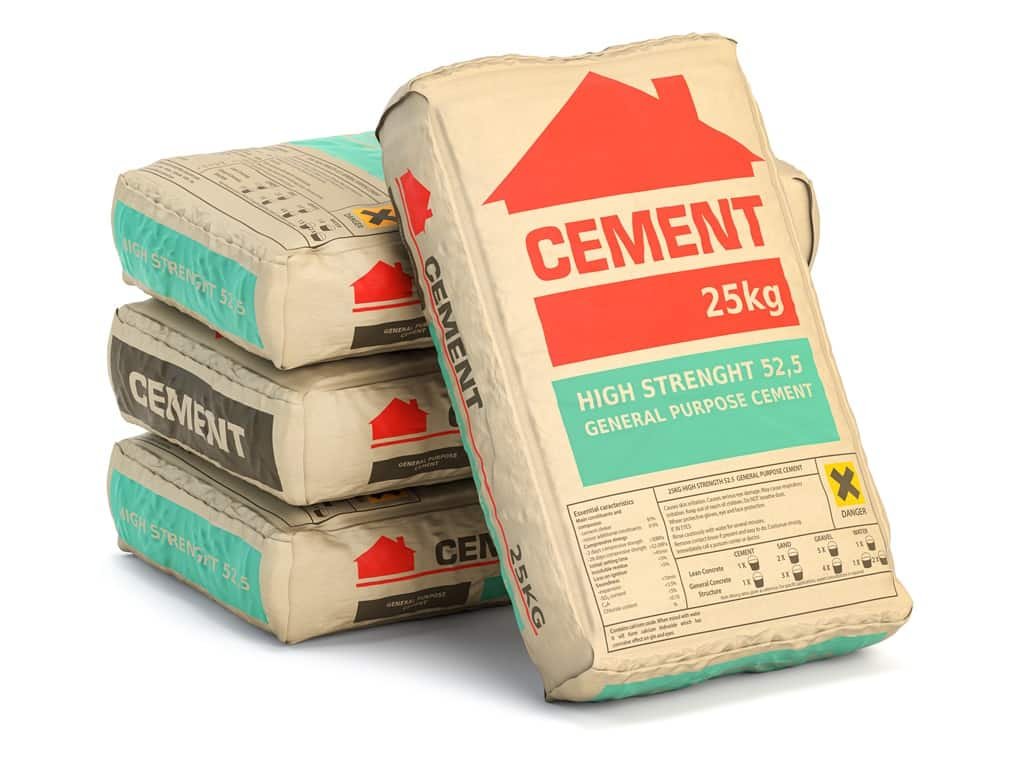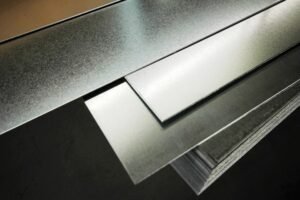In the ever-evolving realm of construction materials, when selecting cement type its always OPC vs PPC Cement. The choice between Ordinary Portland Cement (OPC) and Portland Pozzolana Cement (PPC) holds paramount significance. We understand the nuances that can make or break a project. In this detailed guide, we delve deep into the characteristics, applications, and advantages of OPC and PPC cement to empower you with the knowledge necessary for informed decision-making.
Table of Contents

Understanding OPC – The Foundation of Construction Excellence
1. What is OPC?
Ordinary Portland Cement, commonly known as OPC, stands as the cornerstone of conventional construction materials. Comprising primarily of clinker, gypsum, and a small percentage of other additives, OPC is renowned for its versatility and robustness.
2. Key Features of OPC
- Strength: OPC boasts exceptional early strength, making it ideal for projects with stringent timelines.
- Versatility: Its adaptability makes OPC suitable for a wide range of construction applications.
- Setting Time: The setting time of OPC is relatively shorter, expediting the construction process.
3. Applications of OPC
From foundational structures to intricate architectural wonders, OPC finds its utility in various construction projects. Its unmatched strength makes it the preferred choice for high-rise buildings, bridges, and other critical structures where durability is paramount.
Exploring the Prowess of PPC – Enhancing Sustainability
1. What is PPC?
Portland Pozzolana Cement, or PPC, is a modern alternative that integrates the benefits of pozzolanic materials with OPC. This blend creates a cement that not only excels in performance but also contributes to sustainability efforts.
2. Salient Features of PPC
- Pozzolanic Properties: PPC incorporates pozzolanic materials like fly ash, enhancing its durability and reducing the carbon footprint.
- Reduced Heat of Hydration: The addition of pozzolanic materials lowers the heat generated during the hydration process, preventing thermal cracks.
3. Applications of PPC
PPC finds favor in projects where sustainability and environmental impact are crucial considerations. From residential constructions to infrastructure projects, PPC’s enhanced durability and reduced environmental impact make it an excellent choice for the environmentally conscious builder.
A Comparative Analysis – OPC vs PPC Cement
1. Strength and Durability
While OPC offers unparalleled early strength, PPC compensates with enhanced durability over the long term. The choice between the two hinges on the specific needs of the project, balancing immediate structural requirements with long-term sustainability goals.
2. Environmental Impact
OPC, being a traditional material, may have a higher environmental impact compared to PPC. The incorporation of pozzolanic materials in PPC not only reduces the carbon footprint but also contributes to the efficient utilization of industrial by-products.
3. Cost Considerations
OPC may have a cost advantage in the short term due to its widespread availability. However, the long-term benefits of PPC in terms of durability and sustainability often outweigh the initial cost difference.
OPC vs PPC Cement – The Major Differences
| Criteria | Ordinary Portland Cement (OPC) | Portland Pozzolana Cement (PPC) |
|---|---|---|
| Composition | Mainly clinker, gypsum, and a few additives | Blend of pozzolanic materials (e.g., fly ash) with OPC |
| Strength | Exceptional early strength | Enhanced durability over the long term |
| Versatility | Versatile, suitable for various applications | Suitable for projects prioritizing sustainability |
| Setting Time | Relatively shorter setting time | May have a slightly longer setting time |
| Pozzolanic Properties | Does not contain pozzolanic materials | Contains pozzolanic materials, enhancing durability |
| Heat of Hydration | May generate more heat during hydration process | Reduced heat of hydration, preventing thermal cracks |
| Applications | High-rise buildings, bridges, various structures | Residential constructions, infrastructure projects |
| Environmental Impact | Potentially higher environmental impact | Lower carbon footprint, efficient use of industrial by-products |
| Cost Considerations | Potential short-term cost advantage | Long-term benefits in terms of durability and sustainability |
This table succinctly captures the essential distinctions between OPC vs PPC Cement.
Making an Informed Decision
1. Factors to Consider
- Project Requirements: Assess the specific needs of your project, considering factors such as load-bearing capacity and construction timelines.
- Environmental Goals: If environmental sustainability is a priority, PPC emerges as a compelling choice.
- Budget Constraints: While PPC may have long-term benefits, evaluate your budget constraints to make a balanced decision.
2. Consultation with Experts
For complex projects, seeking the advice of construction experts is invaluable. Professionals can provide tailored recommendations based on the intricacies of your construction requirements.
Conclusion – Elevating Your Construction Endeavors
In the ongoing debate of OPC vs PPC cement, there is no one-size-fits-all answer. The choice ultimately hinges on the unique requirements of your project, aligning with your priorities of strength, sustainability, and budget considerations.
In your pursuit of construction excellence, let this guide serve as a compass, steering you toward a well-informed decision. Whether you opt for the time-tested strength of OPC or the sustainable innovation of PPC, rest assured that your choice is backed by a thorough understanding of the nuances that define construction materials and you will not get confused in OPC vs PPC Cement.


